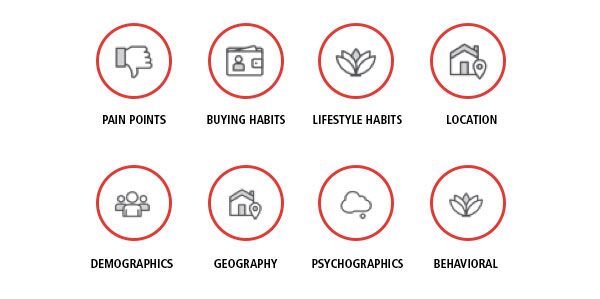
ISTOCK.COM
Common mistakes you can’t afford to make
Your business needs new customers. Finding the right ones is critical for future growth. It can be hard to know where to start, and a lack of experience can cause costly acquisition mistakes. You have to know where to look for the customers who will give you sustainable growth without overstepping budgets.
If you don’t have a clear customer growth strategy then mistakes can be plentiful. However, armed with the right information, you can learn which acquisition blunders are likely to compromise growth, and how to apply best practices from the start.
Here are eight slipups to sidestep:
1. ALLOWING SHORT-TERM RESULTS TO RULE YOU
Customer acquisition takes time – about seven touchpoints before purchase. Give your strategy the chance to work within the timeframe; rather than making knee-jerk changes based on short-term results (which can be deceptive). Be prudent, not panicky. Have the patience to test, wait and learn. Try out a few tactics, compile the results over time and pivot as necessary. And, understand the power of relevancy – being in the right place to break through the noise and connect with the right shopper when it matters most.
2. FAILING TO CONSIDER YOUR NEEDS
If you don’t plan your strategy, it won’t work. Why acquisition? How are your needs unique? Small businesses and start-ups should generate brand awareness, as well as grow demand. And when you combine the two greater things can happen. Consider carefully and invest accordingly.
3. UNDERVALUING YOUR CUSTOMER DATA
A successful acquisition strategy includes gathering as much information as possible about prospects. Review your current customer base to identify your best shoppers. You and your team already know a lot of the details. Mine the information to build a profile of your ideal customer persona. Consider background, finances, hopes, dreams, worries and fears. You can then use geography, demographics, life stage and psychographics to help find more of them.
Find lookalike audiences
Success depends on reaching the right audience:
- What does your ideal customer look like – age, income, education level?
- How do their pains influence buying habits? (e.g. time-starved working family)
- Do your customers have common lifestyle traits? (e.g. kids at home)
- Where do they live?

4. STICKING TO THE ROAD MOST TRAVELLED
If you’re only advertising in places where your competitors dominate, it’s going to be harder, and more expensive, to cut through the clutter. Explore options that are less crowded and more cost-effective such as Bing, Yahoo or the mailbox – leveraging direct mail marketing.
5. EXISTING IN A SINGLE DIMENSION
Knowing how you best connect with your customers is vital, but sticking to one point of connection can strangle growth. Strive for a multi-channel approach by integrating digital and physical media. An integrated campaign will encourage a more seamless customer experience that delivers more than the sum of its parts.
6. NOT KNOWING YOUR CUSTOMER ACQUISITION COST
E-commerce expert David Nagy recommends tracking six metrics. One of them is your customer acquisition cost. Calculate this by dividing marketing costs by the number of new customers acquired over a period of time. If costs are higher than the revenue new customers generate then business will suffer.
Read about three of David Nagy’s revenue tracking indicators.
7. LETTING FIRST-TIME VISITORS GET AWAY
Don’t let new visitors slip through your fingers. They’re unlikely to come back to your website without prodding. But retargeting (there are tools for every budget) can keep them engaged by getting your brand in front of their eyes after they leave your site.
Consider too, your opportunity to leave a lasting impression with a first purchase. Beautifully branded elements like boxes and tissue and personalized touches such as thank you notes can contribute to a stand-out receiving experience that can help convert a first time buyer to a repeat customer.
8. OVERLOOKING YOUR EXISTING CUSTOMERS
If you have loyal customers, you have a low-cost vehicle for acquiring new ones. Encourage online reviews, launch a referral program or create content worth sharing. Increase customer loyalty with exclusive benefits, such as discounts, to boost brand advocacy. Targeting is one of the most important aspects of customer acquisition, and your existing customers can help you master it.
Leverage life stages

Birds of a feather flock together, and you may already be familiar with finding lookalike audiences through your social media platforms. Targeting based on the physical location of your most valued customers is another simple, effective way to grow your customer base – especially if you have a brick and mortar location.
Postal codes are also an important acquisition tool, as they tend to reveal clusters of high value customers. Neighbours often share a lot of the same aspirations (e.g. vacation goals), and have reached the same life stage – (e.g. new homeowners with young families).
To learn more about customer acquisition, finding the right customers and targeting look-alikes, read this.
Content produced by advertiser. The Globe and Mail was not involved in its creation.